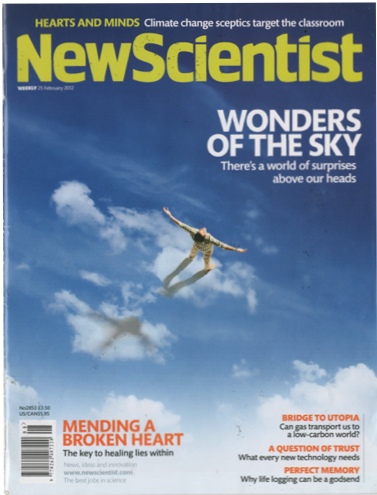Author: Richard Dawkins
Illustrator: Dave McKean
Publisher: Bantam Press
It is a graphic science book aimed primarily at children and young adults. Dawkins has stated that the book is intended for those aged around 12 years and upwards, and that when trialling the book prior to publishing, younger readers were able to understand its content with additional adult assistance.
The pictures almost look 3d like.
Publisher: Priddy Books
Babies and toddlers will love learn first words with this bright, bold board book
Features one long, concertina page, printed on both
sides, which is perfect for unfolding on the floor for little ones to look at
With full colour photographs of fun and familiar things, such as a ball, dog, shoes and car.
My book won't be this simply as my age for my book is 5+ however I love how bright and clean this layout is. It reminds me of the useful photography and point it books by dieter Graf.
Publisher: Heinemann-Raintree
Photographs and text is used throughout the book.
The text uses the pictures to look out for funfairs and pretend to be one.
Close ups of children point to their eyes and explain what helps us see.
I love our Earth.
Publisher: Charlesbridge Publishing
This book is aimed from 3-6 year olds. That explore the beauty of our Earth and why we love it.
Where the child is talking about what they love, a photograph is displayed describing what they are explaining.
What Is Matter?
Publisher: Children's Press
What is Matter shows the opposites which is made clear in a simple layout. In a large book you can investigate the scale of the photographs. They look great in this size.
Author: Geraldine Taylor
Publisher: Scholastic
Audience 3+
This is the first question book I have come across. It will be interesting to see how they have dealt with illustrating the questions and answers.
Even though this is an illustrated children’s book I find it interesting in how they have written out the answers.
How detailed they are how many words they have to be
Typo.
Again from the same author and same audience, brings another book but ranges the questions about animals.
This magazine was £10.99
and is packed full of information about all the elements of the earth.
How it works magazine is filled with photographs, illustrations and text about certain subjects. Each page contains at least three questions with facts. Photographs with diagrams on top display in a simple form what that object does.
The website is exactly the same as the magazine and has the same content, however in a bit more of a simpler form.
New Scientist magazine
This front immediately drew my attention to the question “why is the sky blue?” Its a powerful image, that captures the eye and makes you ponder of the blue sky. When shooting my blue sky, I need to make sure its a strong blue sky.


No comments:
Post a Comment